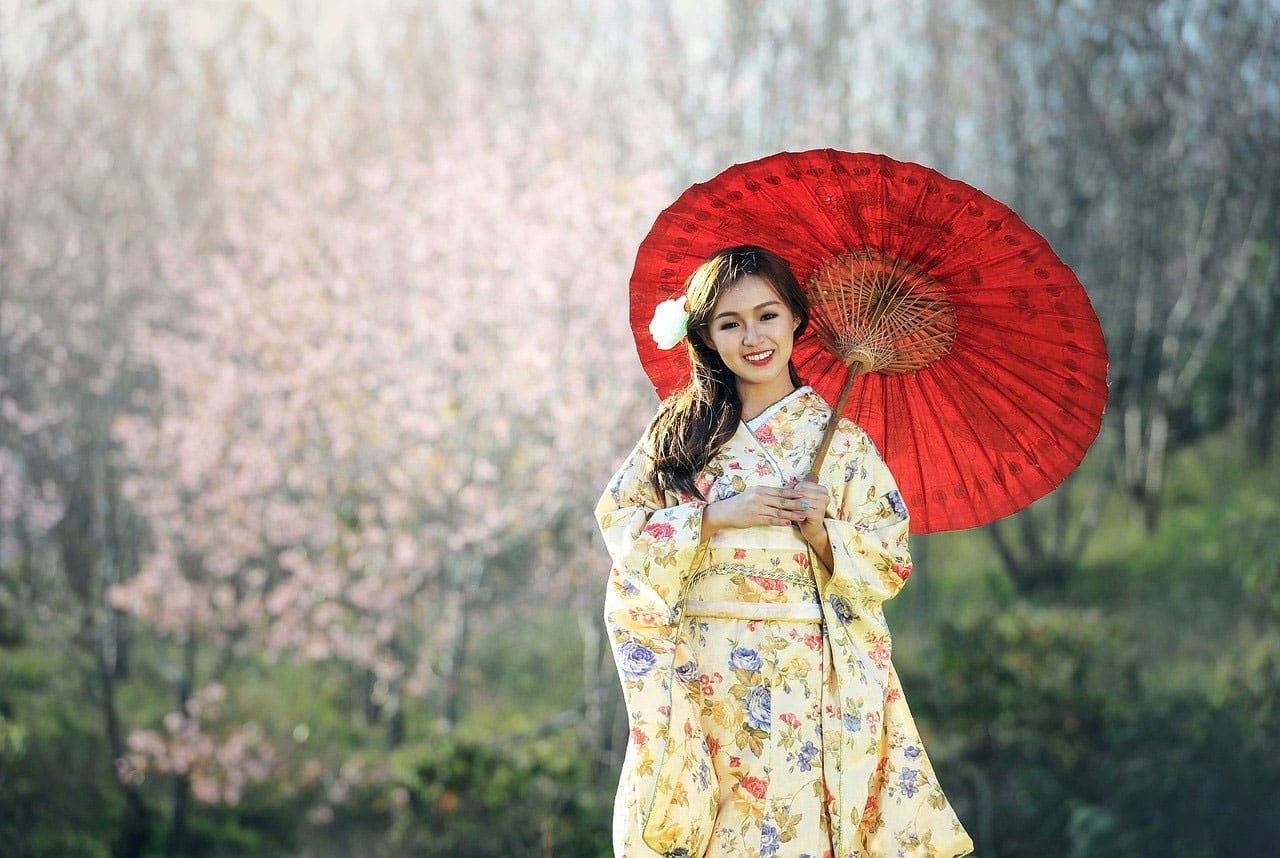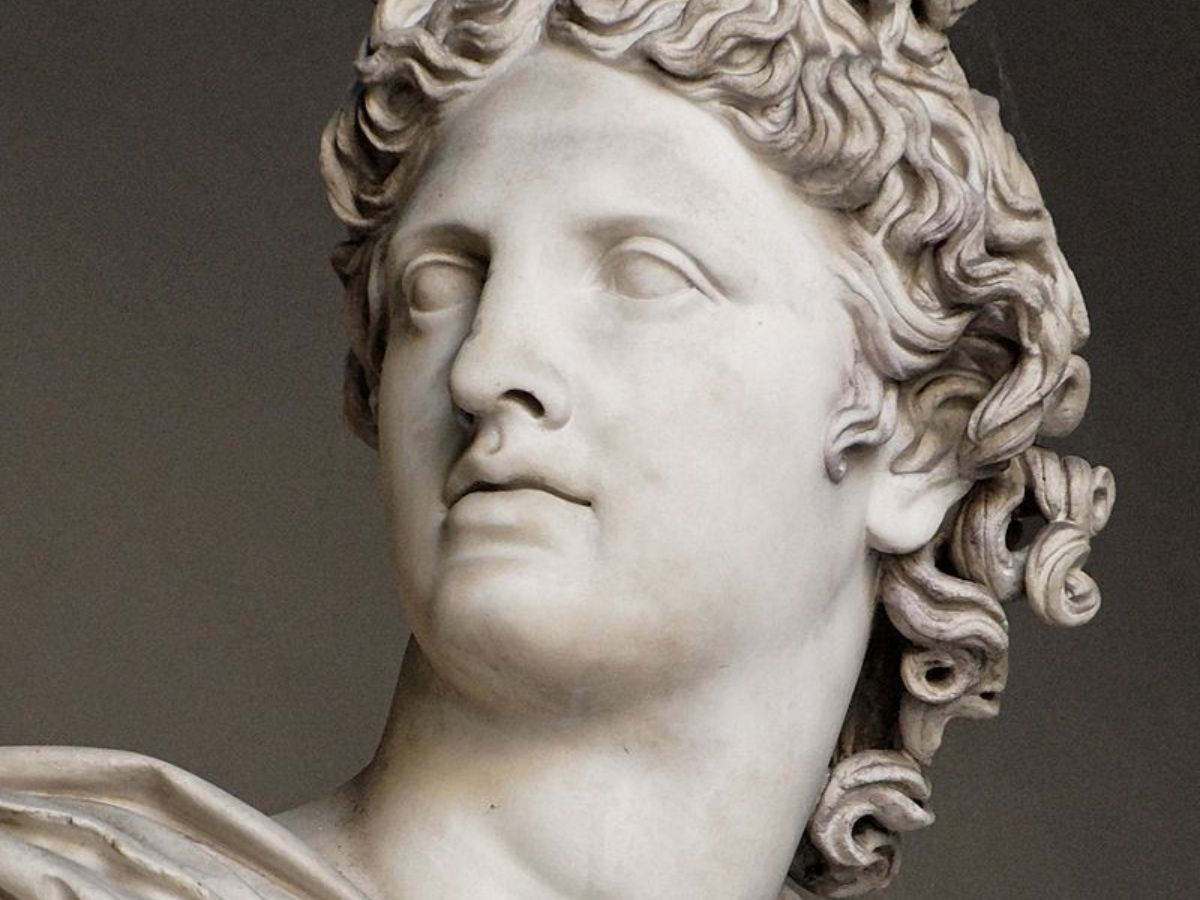
Kemono, a term deeply rooted in Japanese culture, refers to characters or representations that are animal-like but possess human characteristics. This fascinating blend of human and animal features has captivated audiences both within and beyond Japan's borders, finding its way into various forms of media including manga, anime, and video games. Kemono characters can range from the adorable and innocent to the fierce and powerful, embodying a wide spectrum of traits that mirror the human condition. Their appeal lies not only in their unique visual design but also in the stories and themes they explore, often touching on concepts of identity, nature, and the supernatural. As we delve into 20 intriguing facts about Kemono, we'll uncover the depth and breadth of this captivating aspect of Japanese culture, revealing its historical roots, its evolution, and its impact on global pop culture.
What is Kemono?
Kemono refers to a genre of Japanese art and cultural expressions that prominently feature anthropomorphic (human-like) animals. This unique aspect of Japanese culture spans various forms of media, including manga, anime, video games, and novels. Characters in kemono are often depicted with human intelligence, emotions, and sometimes even physical traits, while retaining distinctive animal characteristics.
Origins of Kemono
-
Kemono's roots can be traced back to ancient Japanese folklore and mythology, where animals often played significant roles as messengers of the gods or as supernatural beings. Over centuries, these stories evolved, influencing modern kemono characters and themes.
-
In the early 20th century, Japan saw the emergence of kemono in its contemporary form through literature and early animations. These works laid the foundation for the genre's development, blending traditional animal symbolism with new, creative narratives.
Kemono in Modern Media
-
Today, kemono is a vibrant subculture within Japan, with a dedicated fan base and a wide array of content. From mainstream anime series to niche video games, kemono appeals to a diverse audience.
-
Notable examples include the "Beastars" manga and anime series, which has gained international acclaim for its complex characters and exploration of societal themes through a kemono lens.
Characteristics of Kemono Art
-
Kemono art is distinguished by its focus on cuteness (kawaii) and the detailed portrayal of animal features. Artists often emphasize expressive eyes and a blend of animalistic and human body language.
-
Unlike Western furry culture, kemono tends to maintain a closer adherence to the animals' original forms and behaviors, creating a unique aesthetic that's both familiar and fantastical.
Kemono Fandom
-
The kemono fandom is known for its creativity and inclusivity, with fans creating their own characters (or "fursonas") and stories. This community thrives both online and at conventions, where they share art, costumes, and performances.
-
Kemono merchandise, such as figurines, clothing, and art books, is highly sought after. These items allow fans to express their love for the genre and support their favorite creators.
Kemono's Influence on Pop Culture
-
Beyond its niche, kemono has influenced broader pop culture, inspiring elements in mainstream anime and video games. Its themes of anthropomorphism and animal traits can be seen in popular works outside the kemono genre.
-
International interest in kemono has grown, with global fans embracing the art style and contributing to its evolution. This cross-cultural exchange has enriched the genre, introducing new perspectives and ideas.
Kemono and Traditional Japanese Culture
-
Kemono also retains a deep connection to traditional Japanese culture, often incorporating folklore elements and moral lessons. This blend of old and new enriches the genre, making it both educational and entertaining.
-
Festivals and events in Japan sometimes feature kemono characters, highlighting their significance in contemporary Japanese society and their roots in traditional practices.
Future of Kemono
-
As technology advances, so does the kemono genre, with virtual reality (VR) and augmented reality (AR) offering new ways to experience these anthropomorphic worlds. This could lead to even more immersive and interactive kemono content.
-
The global expansion of the kemono fan base suggests a bright future for the genre. As more people around the world become interested in kemono, its influence and diversity are likely to increase.
-
Collaborations between kemono creators and artists from other genres and cultures are becoming more common, fostering innovation and bringing fresh ideas into the kemono community.
-
Environmental and conservation messages are increasingly prominent in kemono narratives, reflecting a growing societal concern for these issues. This trend adds depth to the genre, making it not only a source of entertainment but also a platform for important discussions.
-
With the rise of independent publishing and online platforms, more creators have the opportunity to share their kemono work with a global audience. This democratization of content creation is empowering artists and storytellers, enriching the genre with a multitude of voices and perspectives.
-
Education through entertainment is another avenue where kemono is making an impact. By weaving educational content into engaging stories, kemono works can teach audiences about wildlife, ecology, and cultural heritage.
-
The increasing use of kemono characters in advertising and branding demonstrates the genre's wide appeal. These characters help companies connect with consumers on an emotional level, making their products more memorable.
-
Finally, the ongoing evolution of kemono art styles and storytelling techniques keeps the genre fresh and exciting. Artists and writers continually experiment with new concepts, ensuring that kemono remains a dynamic and evolving aspect of Japanese culture.
A Final Glimpse into Kemono's World
Diving into the heart of Japanese culture, we've uncovered the fascinating realm of Kemono. This journey has shown us the unique blend of art, expression, and tradition that Kemono brings to the table. From its roots in ancient folklore to its modern-day manifestations in manga, anime, and video games, Kemono has a rich tapestry that appeals to a wide audience. Its significance goes beyond mere entertainment; it's a vibrant part of Japan's cultural identity, offering insights into the nation's values, aesthetics, and societal norms. Whether you're a long-time fan or a curious newcomer, the world of Kemono is a testament to the creativity and enduring charm of Japanese art. As we close this chapter, remember, Kemono is more than just a genre; it's a gateway to exploring the depth and diversity of Japanese culture.
Was this page helpful?
Our commitment to delivering trustworthy and engaging content is at the heart of what we do. Each fact on our site is contributed by real users like you, bringing a wealth of diverse insights and information. To ensure the highest standards of accuracy and reliability, our dedicated editors meticulously review each submission. This process guarantees that the facts we share are not only fascinating but also credible. Trust in our commitment to quality and authenticity as you explore and learn with us.


